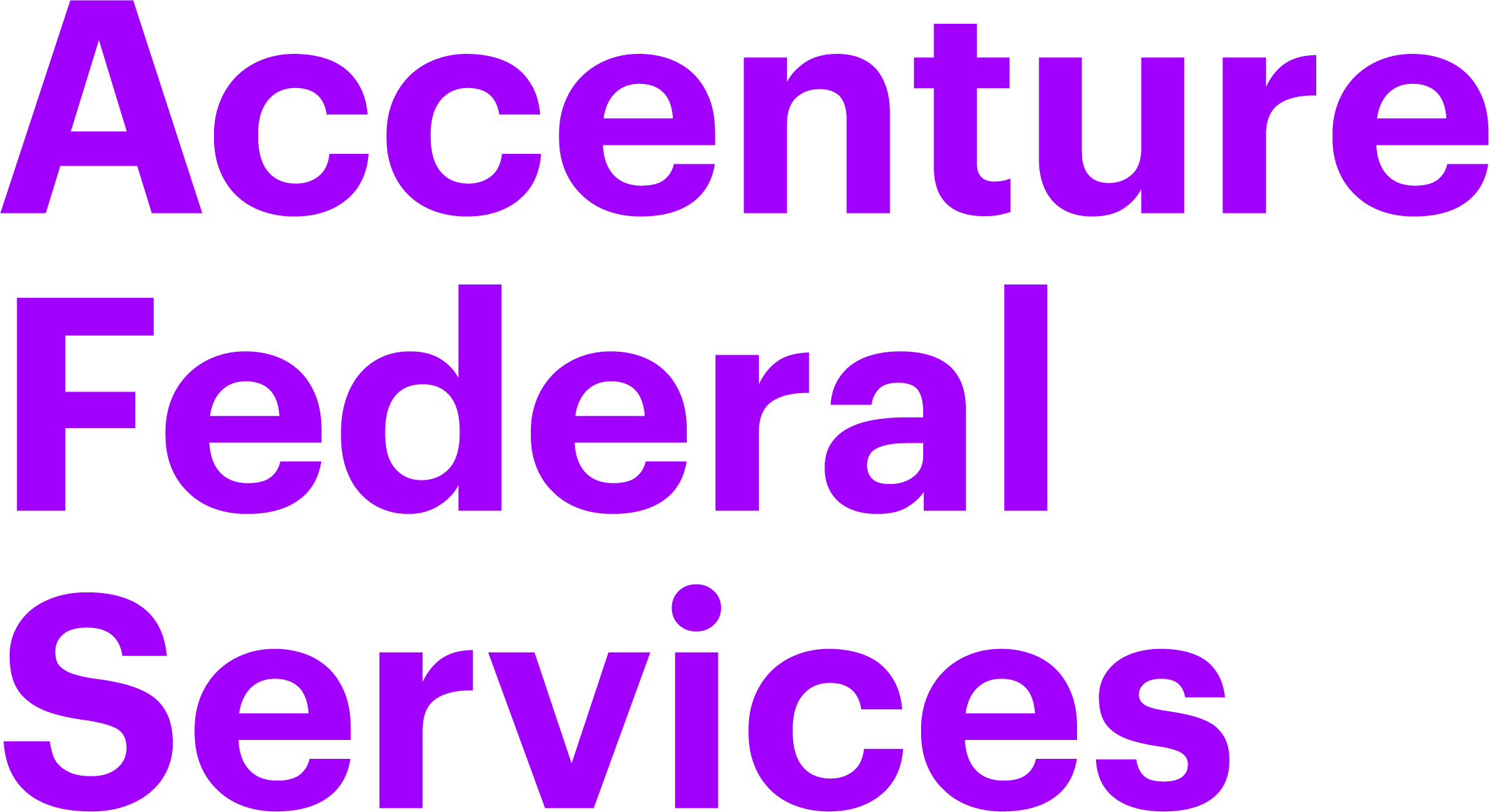sponsor content What's this?

Reduce Complexity in Benefit Service Delivery
Presented by
Accenture Federal Services

Accessing government services is crucial, particularly during times of crisis. But for many, the experience of interacting with the government can often be difficult and confusing, hindering benefit delivery to those who need it most and ultimately impacting trust in civic institutions.
New research from Accenture Federal Services and the Partnership for Public Service shows how the pandemic has intensified the need for essential government services, including programs that provide benefits, assistance and insurance. At the same time, the annual “Government for the People” report also notes that the public’s sense of trust in government is waning. If the government is to serve everyone, leaders must look below the surface to understand how policies and procedures impact diverse and disenfranchised groups.
With the recent release of an Executive Order Transforming Federal Customer Experience and Service Delivery to Rebuild Trust in Government, the administration has reiterated the federal government’s commitment to “ensuring leaders account for the experiences of the public in seeking Government services.” As agencies continue to work to remove barriers and ensure people have simple, streamlined experiences as they apply for and navigate benefits, it’s essential to understand who their customers are — and what they need and expect.
To help government organizations meet the essential customer experience challenge, Accenture Federal Services developed “Futureframe: Human-Centered Design at Societal Scale,” offering a roadmap that empowers agencies to place themselves in users’ shoes to improve customer experiences everywhere. It also outlines steps for today and tomorrow to enable a future where disparate services across agencies are integrated and streamlined into the seamless, customized, equitable and highly anticipatory interactions that are more productive and satisfying for users and the workforce alike.
“We believe that positive customer experiences are a critical element to enhancing trust in government and creating greater access to services,” says Elaine Beeman, senior managing director and civilian portfolio lead for Accenture Federal Services.
Understanding the Customer
Owen Davies, global public retirement/pension lead for Accenture, notes agencies are leaning in to figure out how to meet people where they are to successfully deliver on their missions in new ways. “It all begins with listening to and understanding the needs and preferences of the people they serve,” he says.
Does an application require a credit check? Not all citizens have a bank account or credit history. Is the application full of jargon and technical language, or does it require reams of paperwork and entering the same information multiple times in multiple places? That can create unnecessary stress or friction that takes a toll on anyone who needs services, especially individuals from traditionally underserved communities. Reducing these barriers is essential for meeting the needs of everyone that government serves.
Human-Centered Design
The challenge for many service deliveries within government is they’re built to deliver a service rather than to serve a person. Human-centered design flips that on its head and begins with the end user.
Not only do customers expect to be able to interact via their preferred channels and at their preferred times and places; they’ve also come to expect more nudging and coaching. Amazon suggests items to purchase. Netflix suggests shows to watch. The government can deliver a similar experience.
“If all of a sudden, you lose your job and you’re trying to understand what’s out there to help me, there’s no single, easy way to figure out what’s available, how you might be eligible and how you might apply,” Beeman says. “It’s different depending on what state you’re in, what programs you’re applying to. And then the evidence you have to provide to be considered differs from program to program.”
The process of getting to better customer experiences begins with understanding the current state from the customer’s point of view, envisioning what the experience should look like to meet needs and outcomes, followed by outlining steps to remove barriers and measure impact. Common hurdles, Beeman says, are complex processes, siloed organizations, insufficient access to data and lack of a complete picture of the various data inputs.
Integrated, Seamless Experiences
Sometimes, a legacy of physical and manual processes can be limiting. And sometimes, as in the case of someone who has just lost their job, there’s no clear “front door” or roadmap for which supports are available and how to obtain them.
Ideally, all the channels through which customers interact with the government would be integrated, says Kathy Conrad, director of digital government for Accenture Federal Services. If someone reaches out to a contact center, the person or service answering would be able to see the steps the individual has already taken and be able to anticipate why he or she might be calling. The contact center could then send a text to the customer with a link to the needed info or services.
“I think texting is highly underused,” Conrad adds. “One of the most common reasons people call agencies is to check the status of something. Providing self-service capabilities that would provide transparency online is an important, positive step. Putting on that Futureframe lens, instead of waiting for someone to check, what if the government proactively texted you and said, ‘We’ve received your application and it’s complete. We’ll notify you when the next step is done.’ That would feel great. That’s what people expect.”
Human-centered design can help organizations do a better job of providing concierge experiences in which users are guided to getting what they need via a range of tools, including artificial intelligence and machine learning. And behavioral science can aid in understanding people’s motivations and aspirations for better designed experiences.
Conrad says people come to government with a purpose in mind. Transactions should be seamless, convenient and simple. In many cases, the experience would be so well designed and the user’s needs already anticipated that there would be no need for any human interaction at all.
“If you deliver an experience that meets people’s expectations — that’s seamless, purposeful, secure and intuitive — it builds trust not only in that particular service but also in government and in democratic institutions,” Conrad says. “All people need to have easy access to government services.”
Learn how Accenture Federal Services can help your organization improve the customer experience.
This content is made possible by our sponsor, Accenture Federal Services. The editorial staff was not involved in its preparation.
NEXT STORY: The Federal Innovator Podcast: Building an Innovation Timeline






